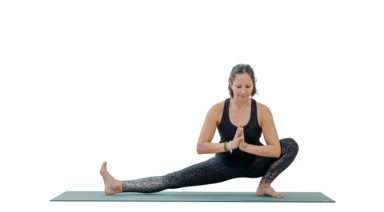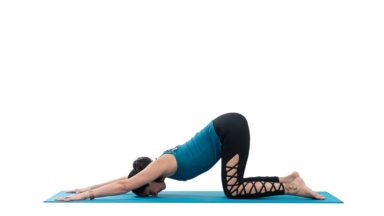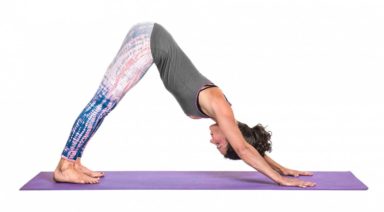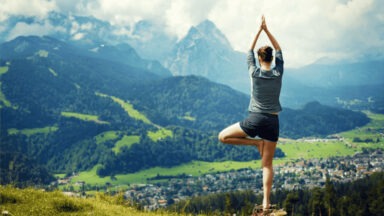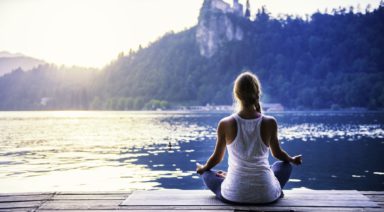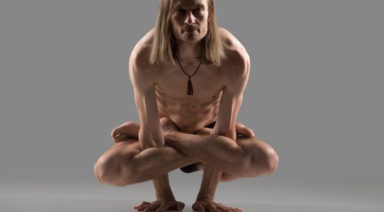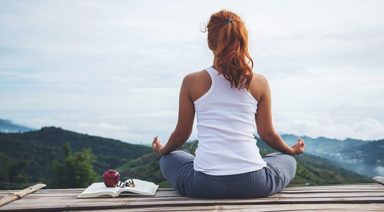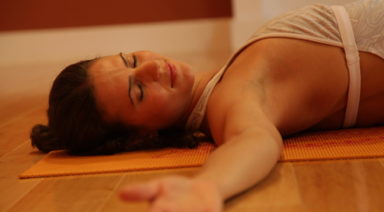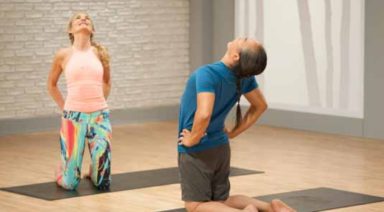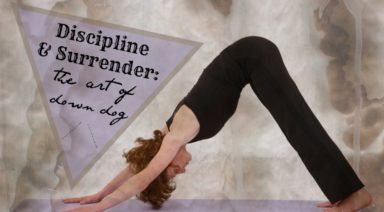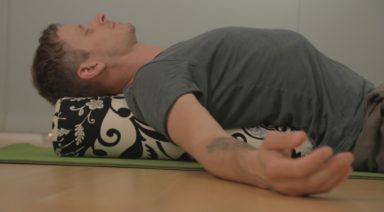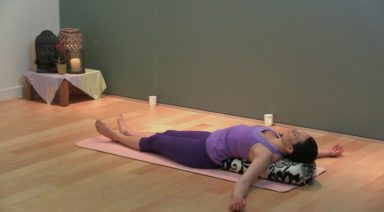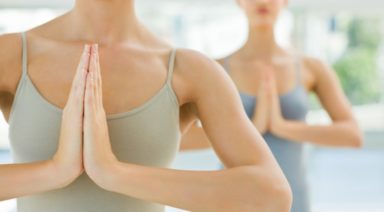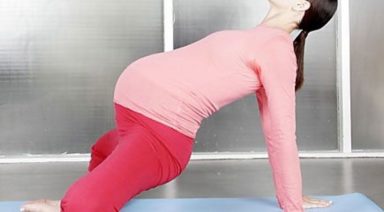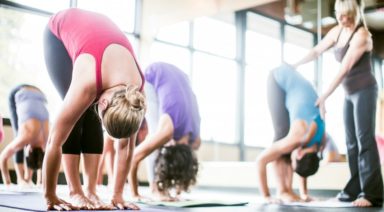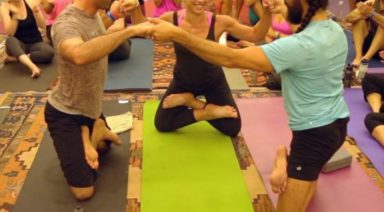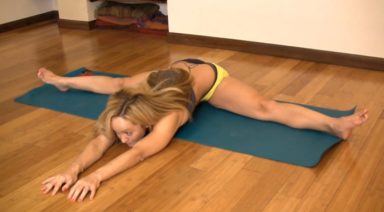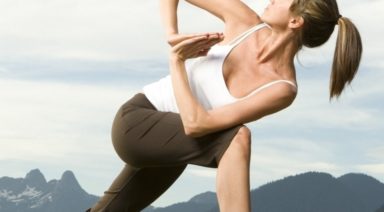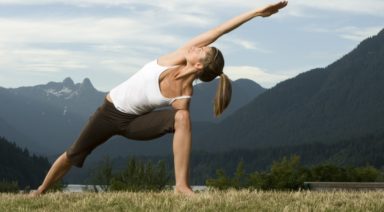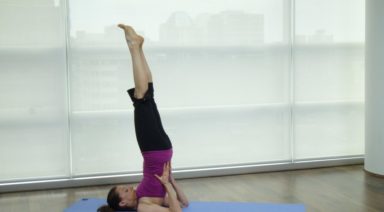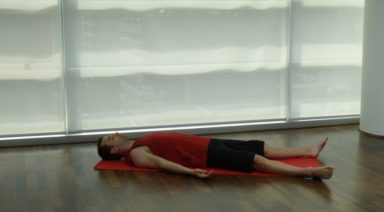Salamba Bhujangasana: Sphinx Pose
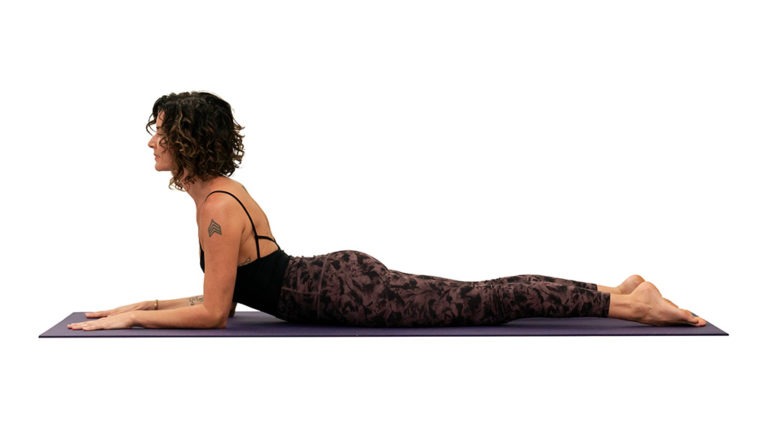
ADJUSTMENTS | BENEFITS | SEQUENCING | SANSKRIT | STEPS
Related to the cobra pose, the sphinx pose is a more restorative way to stretch and lengthen the spine. Salamba bhujangasana (SA-lumb-aa BHU-jung-AAHS-uh-nuh) is one of the gentlest backbends in a yoga practice, making it a great entry point for beginners and an effective warm up at the beginning of practice. Sphinx pose is also a great way to reduce stress and stimulate the abdominal organs.
Philosophy + Origin
Cobras and snakes can evoke feelings of fear, discomfort, and disgust. But in Vedic traditions, the cobra symbolizes overcoming and mastering fear. Nataraja, an incarnation of Shiva, is often portrayed with a cobra draped around his neck. The cobra’s venom is said to represent avidya, or ignorance — the veil that prevents us from recognizing universal truths. By mastering fear and learning to see beyond the surface we can come to know freedom, or liberation.
ADJUSTMENTS/MODIFICATIONS:
- Use a blanket under your forearms or pelvis for added comfort.
- Bring your gaze to the floor for a neck release and stretch.
STEP-BY-STEP:
- Lie down on your stomach. Place your forearms parallel to each other with elbows under your shoulders and palms facing the ground.
- Place the tops of your feet on the ground and rotate the inseam of your pants toward the ceiling.
- Lengthen your tailbone toward your heels.
- Focus on your lower abdomen, drawing your low belly slightly away from the floor.
- Hold the pose for up to 10 deep breaths. Exhale while slowly releasing down to the floor. Rest on the floor, head turned to one side.
PREPARATORY POSES:
- Childs pose | Balasana
- Cow pose
- Cat pose
SEQUENTIAL POSES:
- Cobra pose | Bhujangasana
- Bridge pose | Setu bandha sarvangasana
- Upward-facing dog | Urdhva mukha svanasana
COUNTER POSES:
- Belly-down savasana
SANSKRIT:
- Salamba = supported
- Bhujang = cobra
- Asana = pose
PHYSICAL BENEFITS:
- Stretches and lengthens the spine.
- Stretches the chest, lungs, shoulders, and abdomen.
- Firms the glutes.
ENERGETIC BENEFITS:
- Relieves stress.
- Calms the mind.
Legal Disclaimer Before participating in any exercise program or using any fitness products or services that may be described and/or made accessible in or through the Gaia Website and/or the Services, you should consult with a physician or other healthcare provider. Read more about Gaia’s Terms Of Use.
Skandasana: Side Lunge Pose
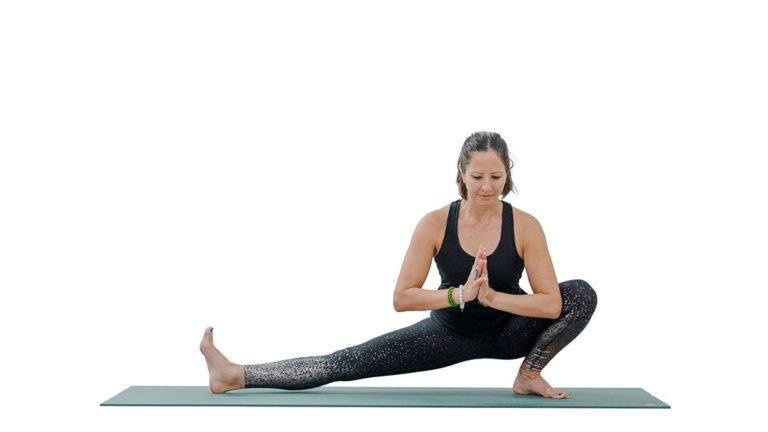
ADJUSTMENTS | BENEFITS | PREP POSES | SANSKRIT | STEPS
Side lunge is an aesthetically beautiful pose and a wonderful release for the legs and low back. This pose is sometimes referred to as skandasana.
Philosophy + Origin
Side lunge pose can be a wonderful way to begin to understand the concept of a “moving prayer,” especially when you allow the body to flow freely from one side to the other. While malas (prayer beads) are used in many spiritual practices as a way to help keep the mind engaged, repetitive physical movement can have the same effect. Whether you practice a flowing version of side lunge pose, or use the posture as part of a salutation, give your body and mind enough time to find rhythm and ease so that you can enjoy the benefits of a physical embodiment of prayer and meditation.



